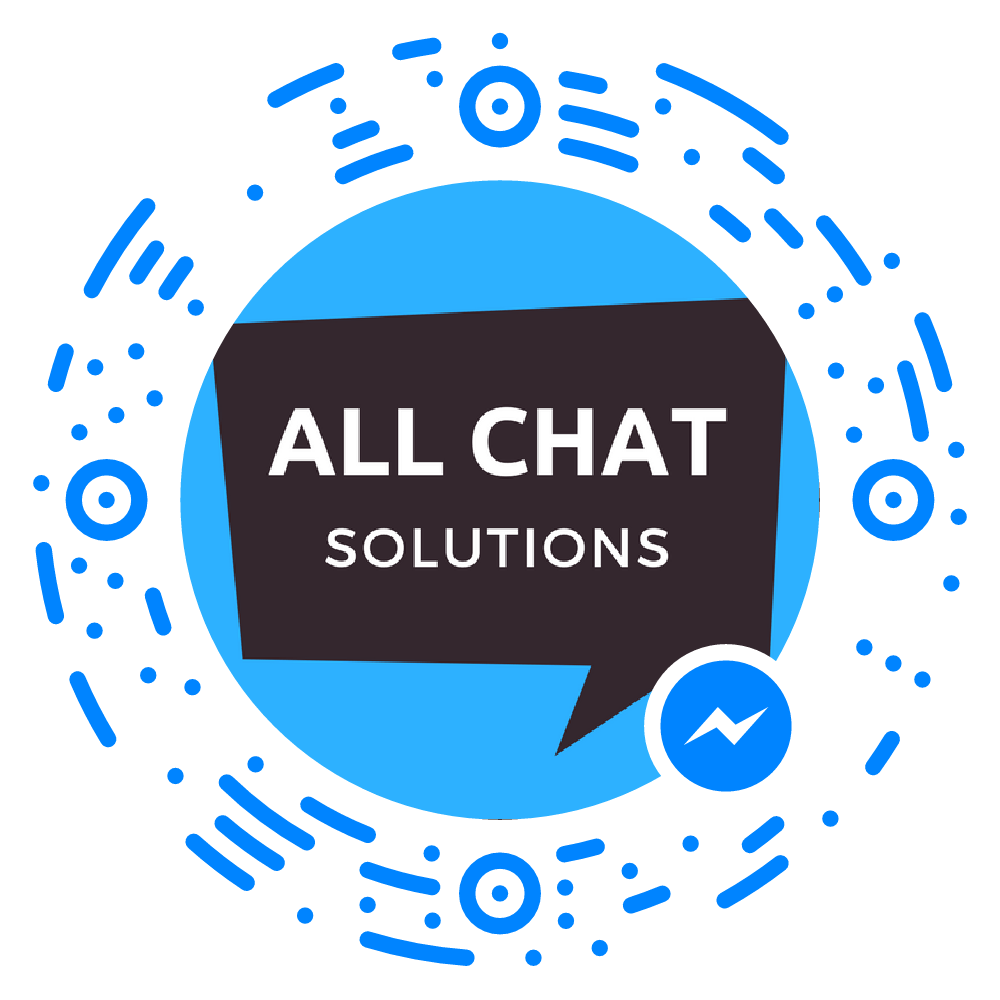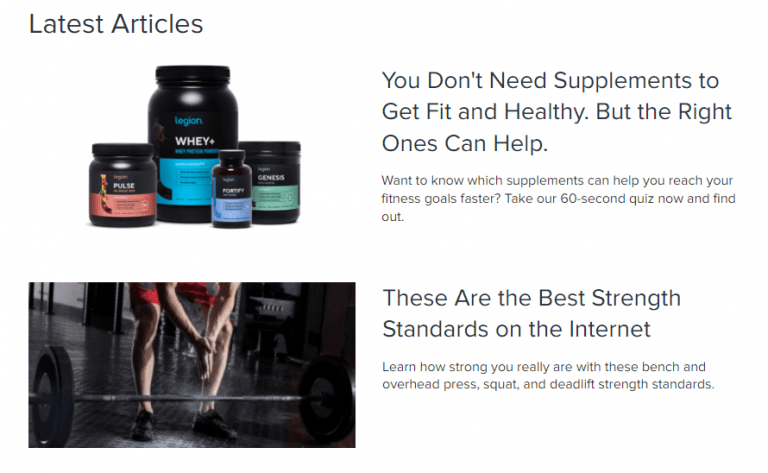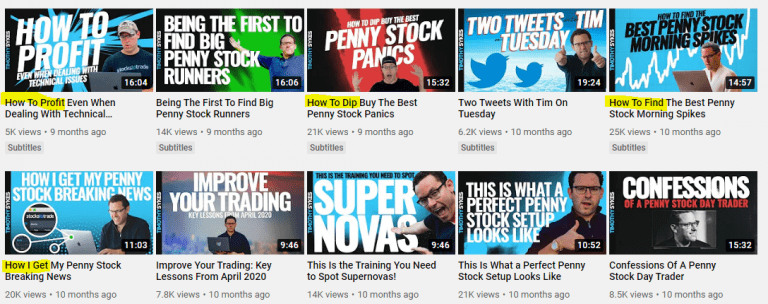Facebook Messenger QR Codes 2020
Facebook Messenger scan codes are now a thing of the past. Although Messenger scan codes are no longer available, marketers can still use QR codes as well as other alternatives.
Personally, I liked Messenger scan codes a lot. They offered an easy way to take people from the offline world into your digital world.
But unfortunately, user adoption of Messenger scan codes was very low. People weren’t familiar with them and didn’t know how to use them. Although QR codes have failed to gain much traction in Western countries, people are more familiar with them than the old Messenger codes.
In 2020, QR code adoption has skyrocketed due to COVID registration requirements when visiting restaurants and bars.
If you are using Messenger bots in your business, you should have a strategy to get users into your bot from the offline world. Think of networking events, brick and mortar stores, expos and seminars. These are all perfect opportunities to drive users into your bot. QR codes can make this process easier but there are also other alternatives.
In this article, you will learn…
- Why it’s so important to engage users offline and bring them into your chatbot
- How to use QR codes for Messenger
- Alternatives to QR codes and how to use them
- Where you can generate Messenger subscribers in the offline world and how to do so
WHY YOU NEED TO ENGAGE USERS OFFLINE
The average American spends 24 hours per week online.
That may seem like a lot but consider that this means people spend 144 hours per week offline. That’s a lot of time that people aren’t seeing your Facebook ads, blog posts, YouTube videos and Instagram photos.
In the past decade, marketing practitioners have become much more focused on digital instead of offline mediums. And it’s understandable why.
Digital marketing allows you to precisely target audiences in ways that aren’t possible offline. We can spread our messages all over the world for just a small cost. We can get immediate feedback on our campaigns from the market and accurately measure their success.
It’s no wonder we focus so much on online marketing. But we shouldn’t forget the offline world, where our customers spend the majority of their time.
Does your business have any presence whatsoever in the physical, offline world? If so, you should be capitalizing on this opportunity to bring people into your digital world.
I encourage my clients to use the offline world as an entry point into their digital sales funnel.
The picture below shows how a sales funnel with an offline entry point (QR code) would differ from one with an online entry point (Facebook ad)

It’s great when someone enters your digital sales funnel from an offline point of entry. It gives you a chance to create a greater impression on them before they go through the rest of the funnel. Thereby increasing the chances of them continuing through the full funnel.
This isn’t as easy as it would seem. Creating a frictionless transition from offline to online is challenging.
It seemed that QR codes may be the solution to this challenge. But in the US, Europe, Australia and other western countries, QR codes never took off.
Yet in China, QR codes have been adopted at an incredible rate. The Chinese use QR codes for almost everything. You will find them in nearly all magazine and newspaper advertisements, they’re used in stores for payments and on clothing items. QR codes are even been used to identify lost pets in China.

A few years ago, I thought Facebook Messenger scan codes could possibly be the QR codes of the Western world. But it wasn’t to be.
A lot of digital marketers eagerly adopted Messenger codes and printed them all over their marketing materials. But Facebook never properly promoted them and most Facebook users didn’t even know about them.

If you’re looking for a new way to bring people into your Messenger bot or sales funnel from the offline world, there are a few options.
QR Codes
You can use QR codes to take people into your Messenger chatbot, website, landing page or anywhere else in your digital world.
Ideally, you want to drive them to a page or application that can capture their contact details. This is why I like driving offline traffic to a Messenger bot. It’s easy to capture details and then follow up once they have interacted with the bot and you can capture other details inside the bot, such as email.
While QR codes may not be very popular outside of China but they can still work. In 2020, QR code use has grown as a result of COVID registration requirements in public places.
Manychat now offers their own QR code generator for Messenger bots. Or you can use a generic QR code generator that connects to any URL.
iPhone’s have a native QR code scanner built into the camera. The QR code scanner is now fairly easy to access from an Android phone as well.

QR codes can be printed on all sorts of offline marketing materials and used at events, seminars or networking. For ideas on ways you could use QR codes, I suggest reading my original article: Facebook Messenger Scan Codes: Unique Ways to Use Them. All of the ideas in there apply to QR codes.
QR CODE ALTERNATIVES
Custom URL’s
This is my personal favorite option. Everyone knows how to enter a website URL in their web browser. If it’s a short and simple URL, it doesn’t take long to do it.
If you’re driving traffic to your Messenger bot, Manychat, Chatfuel and other bot-building platforms can generate URL’s for you. Which takes people directly to your chatbot.
But I wouldn’t suggest using these URL’s. They’re too long. Instead you will want to have a simple URL that redirects to your chatbot (or landing page, website, etc..)
For example, let’s say your business is called Johnson’s Furniture. You would purchase a simple domain name like ‘johnsonbot.com’ and redirect this to your Messenger bot.
Now you can use this URL in your offline marketing materials. If you’re at a trade show or expo, ask visitors to get out their phone and go to this custom domain.
If you don’t want to purchase new domain names, you could use a link shortening service like Bitly. For example, bit.ly/johnsonbot.
But I still recommend purchasing a .com domain to make it as easy as possible for users.
Traditional Pen & Paper or Digital Forms
This is something businesses have been doing for years and continue to do so today. It’s simple and it works.
Just ask people to write down their name and email (plus any other details you want) on a piece of paper. Alternatively, you can have a tablet or phone with a digital form for them to enter their details.
Once you have their email address, you can send them a link to your Messenger chatbot, website or anything else. Plus, you can continue to communicate with them via email in the future.
This is a great option if you’re engaging with potential customers in-store, at trade shows or other events.
And you don’t have to manually email every single person who gives you their email address. You can write one single email and create an automation so it’s sent to each person who gives you their details. Click here to learn how to do this.
SUMMARY
QR codes offer a relatively simple transition point from the offline world into your Messenger chatbot. This is important for businesses with brick and mortar stores or those who attend in-person events.
The offline world is a great opportunity to bring potential customers into your digital sales funnel. If you have a physical store, these methods also work for existing customers. Taking your existing customers into your digital space can increase customer loyalty and satisfaction.
Tap on your personal code and you will see the ‘Scan Code’ option. It will open the camera and you can scan any Messenger code as per usual.
As far as I’m aware, there is no way to generate new Messenger codes for businesses.







